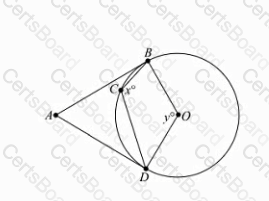The importance of the Bill of Rights in twentieth-century United States law and politics has led some historians to search for the "original meaning" of its most controversial clauses. This approach. known as "originalism." presumes that each right codified in the Bill of Rights had au independent history that can be studied in isolation from the histories of other rights, and its proponents ask how formulations of the Bill of Rights in 1791 reflected developments in specific areas of legal thinking at that time. Legal and constitutional historians, for example, have found originalism especially useful in the study of provisions of the Bill of Rights that were innovative by eighteenth-century standards, such as the Fourth Amendment's broadly termed protection against "unreasonable searches and seizures." Recent calls in the legal and political arena for a return to a "jurisprudence of original intention." however, have made it a matter of much more than purely scholarly interest when originalists insist that a clause's true meaning was fixed at the moment of its adoption, or maintain that only those rights explicitly mentioned in the United States Constitution deserve constitutional recognition and protection. These two claims seemingly lend support to the notion that an interpreter must apply fixed definitions of a fixed number of rights to contemporary issues, for the claims imply that the central problem of rights in the Revolutionary era was to precisely identity, enumerate, and define those rights that Americans felt were crucial to protecting their liberty.
Both claims, however, are questionable from the perspective of a strictly historical inquiry, however sensible they may seem from the vantage point of contemporary jurisprudence. Even though originalists are correct in claiming that the search for original meaning is inherently historical, historians would not normally seek.
The passage suggests that a historian conducting a strictly historical inquiry would make which of the following assumptions when studying the Bill of Rights?
Although technically their members were hunter-gatherers, many early Native California communities exhibited traits more typically associated with well-developed agrarian societies and. therefore, are often presented in the ethnographic literature as________.
If one item is tobe randomly selected from the items whose manufacturing cost is greater than $140. what is the probability that the item selected will be one whose manufacturing time is greater than 60 minutes?
A)

B)

C)

D)

E)

Exhibit.

In the figure above, the circle has center O, and AB and AD are tangent to the circle. If the degree measures of angles ABC and ADC are 20 and 40. respectively, what is the value of x + y.